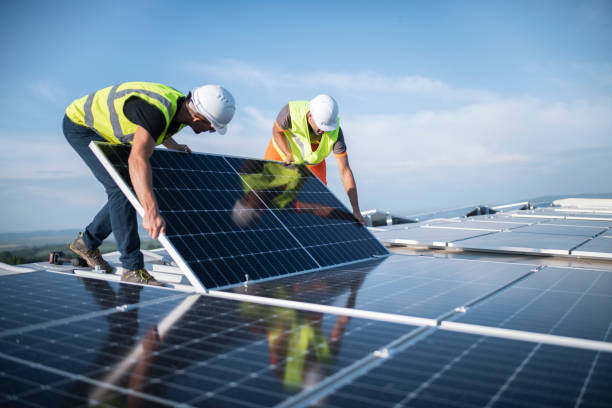The integration of photovoltaic PV systems has undergone significant innovation in recent years, driven by the urgent need to transition towards sustainable energy sources and mitigate climate change. These innovations span various aspects of PV system integration, from architectural design to technological advancements. By seamlessly incorporating solar energy generation into existing infrastructure and optimizing its efficiency, these innovations are paving the way for a more widespread adoption of renewable energy.
Architectural Integration
One notable area of innovation lies in architectural integration, where PV panels are incorporated directly into building structures. This approach, known as building-integrated photovoltaics BIPV, offers dual functionality by serving as both energy generators and architectural elements. Advances in BIPV technology have led to the development of aesthetically pleasing solar modules that blend seamlessly with various building materials, such as glass facades and roofing tiles. By integrating solar panels into the built environment, BIPV not only generates clean energy but also reduces the overall environmental footprint of buildings.
Innovations in Panel Design
Innovations in panel design have also played a crucial role in enhancing the integration of PV systems. Thin-film solar cells, for instance, offer flexibility and lightweight characteristics, making them suitable for integration into unconventional surfaces like curved roofs or flexible substrates. Furthermore, advancements in solar cell efficiency and durability have increased the energy yield and lifespan of PV panels, improving the overall performance and reliability of integrated systems. By continually pushing the boundaries of panel design, researchers and manufacturers are unlocking new opportunities for integrating solar energy into diverse applications.

Smart Integration Solutions
The rise of smart integration solutions represents another significant innovation in the field of PV system integration. These solutions leverage technologies such as Internet of Things IoT sensors, cloud computing, and artificial intelligence to optimize the performance and operation of integrated PV systems. By monitoring environmental conditions, energy production, and consumption patterns in real-time, smart integration solutions enable proactive maintenance, energy management, and grid integration. This level of intelligence not only maximizes the efficiency of sisteme fotovoltaice but also enhances their integration into broader energy infrastructure.
Storage and Grid Integration
Efficient storage and grid integration are critical components of a robust PV system, particularly as renewable energy sources become increasingly prominent in the energy mix. Innovations in battery storage technology, such as lithium-ion batteries and flow batteries, enable PV systems to store excess energy for use during periods of low solar irradiance or peak demand. Moreover, advancements in grid integration technologies, including smart inverters and grid-responsive controls, facilitate seamless interaction between PV systems and the electrical grid, enhancing stability and reliability. By addressing the intermittency of solar energy and optimizing its integration into the grid, these innovations bolster the overall viability of PV systems as a reliable energy source.
Innovation in photovoltaic system integration is driving the transition towards a sustainable energy future. From architectural integration and panel design to smart integration solutions and grid integration, these advancements are expanding the possibilities of harnessing solar energy across various applications. By continuing to push the boundaries of technology and collaboration, stakeholders in the renewable energy sector can accelerate the adoption of PV systems and contribute to a cleaner, more resilient energy landscape.
